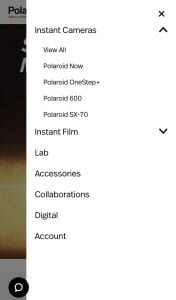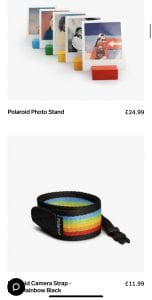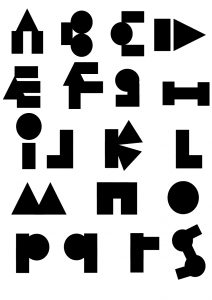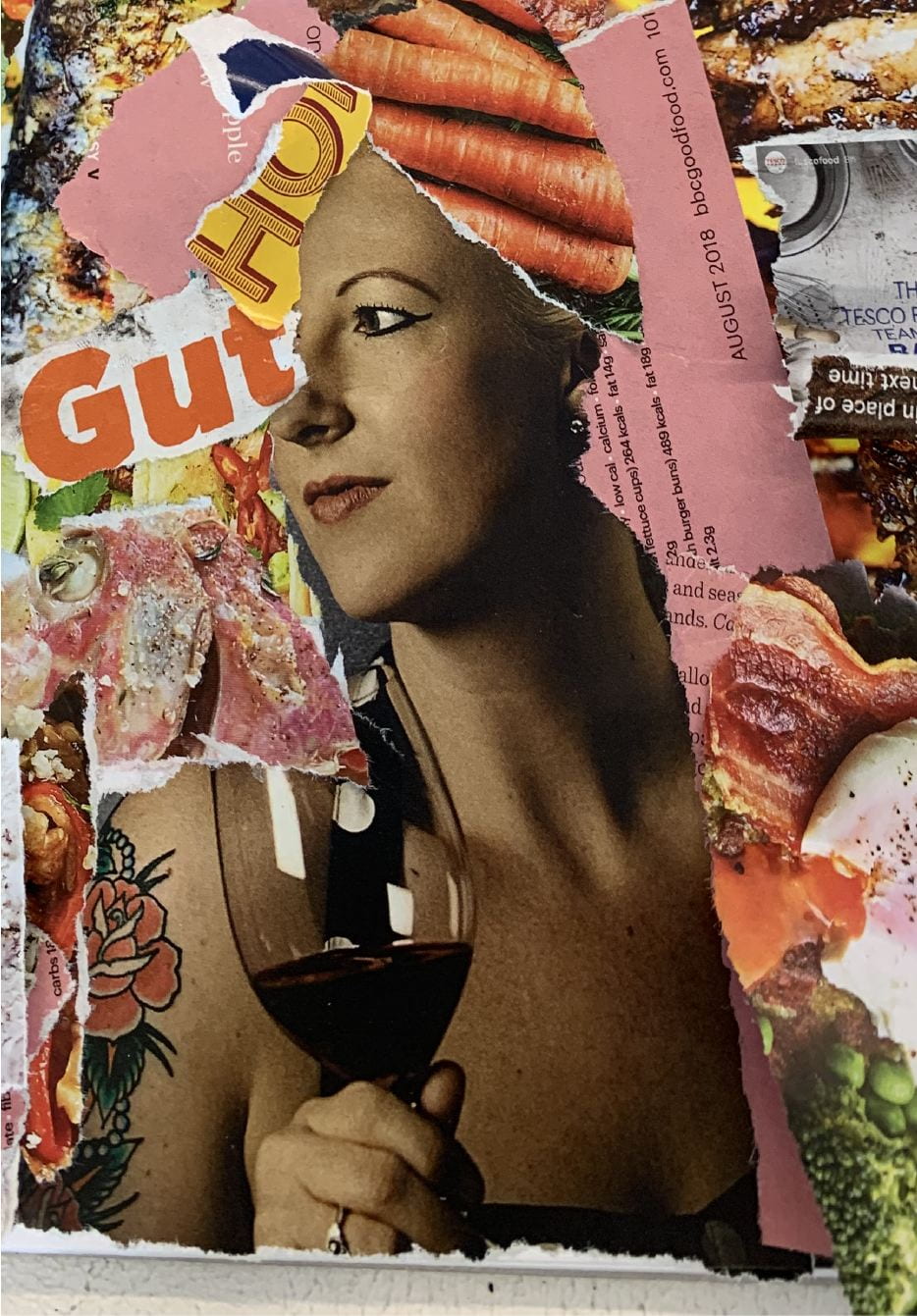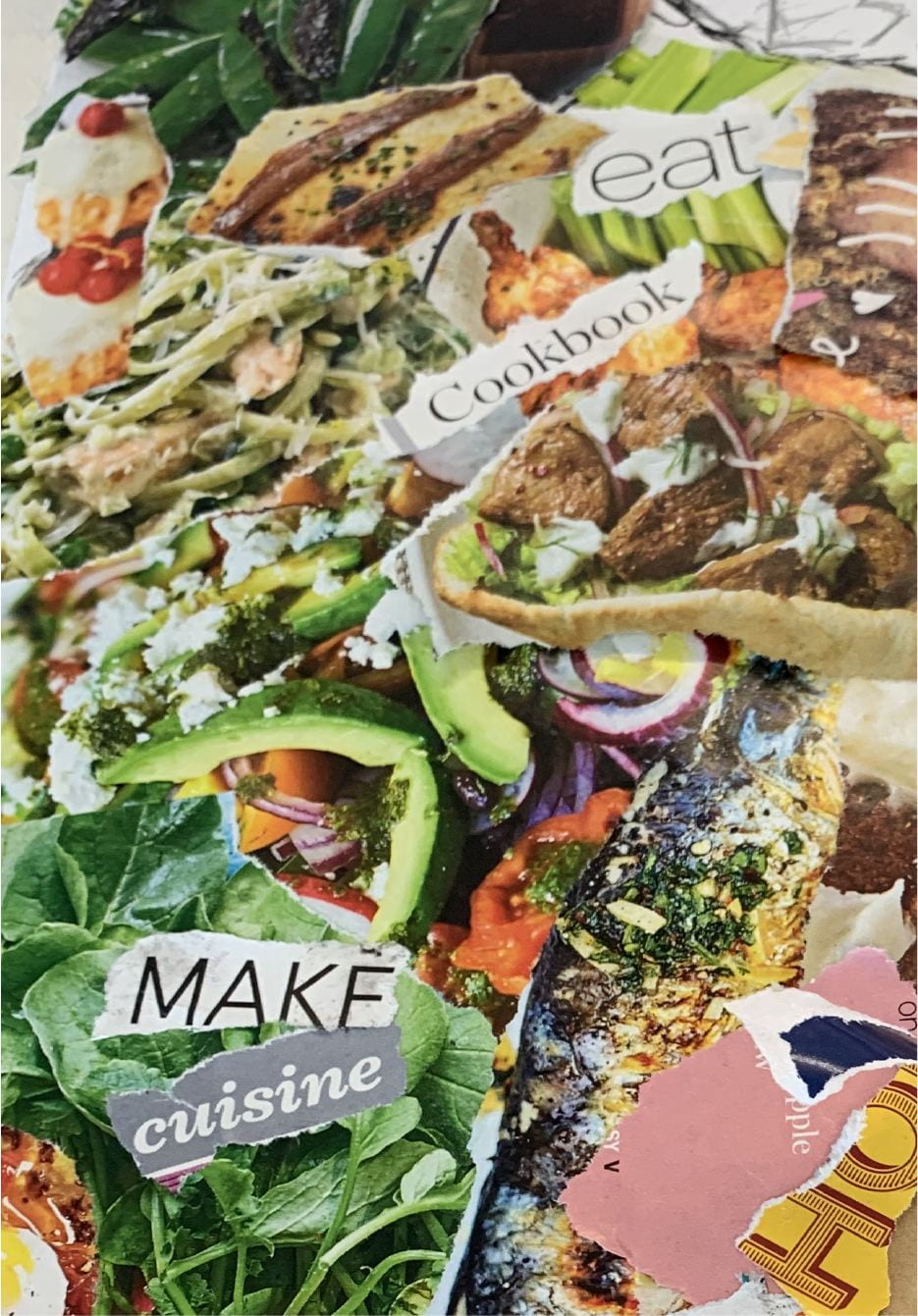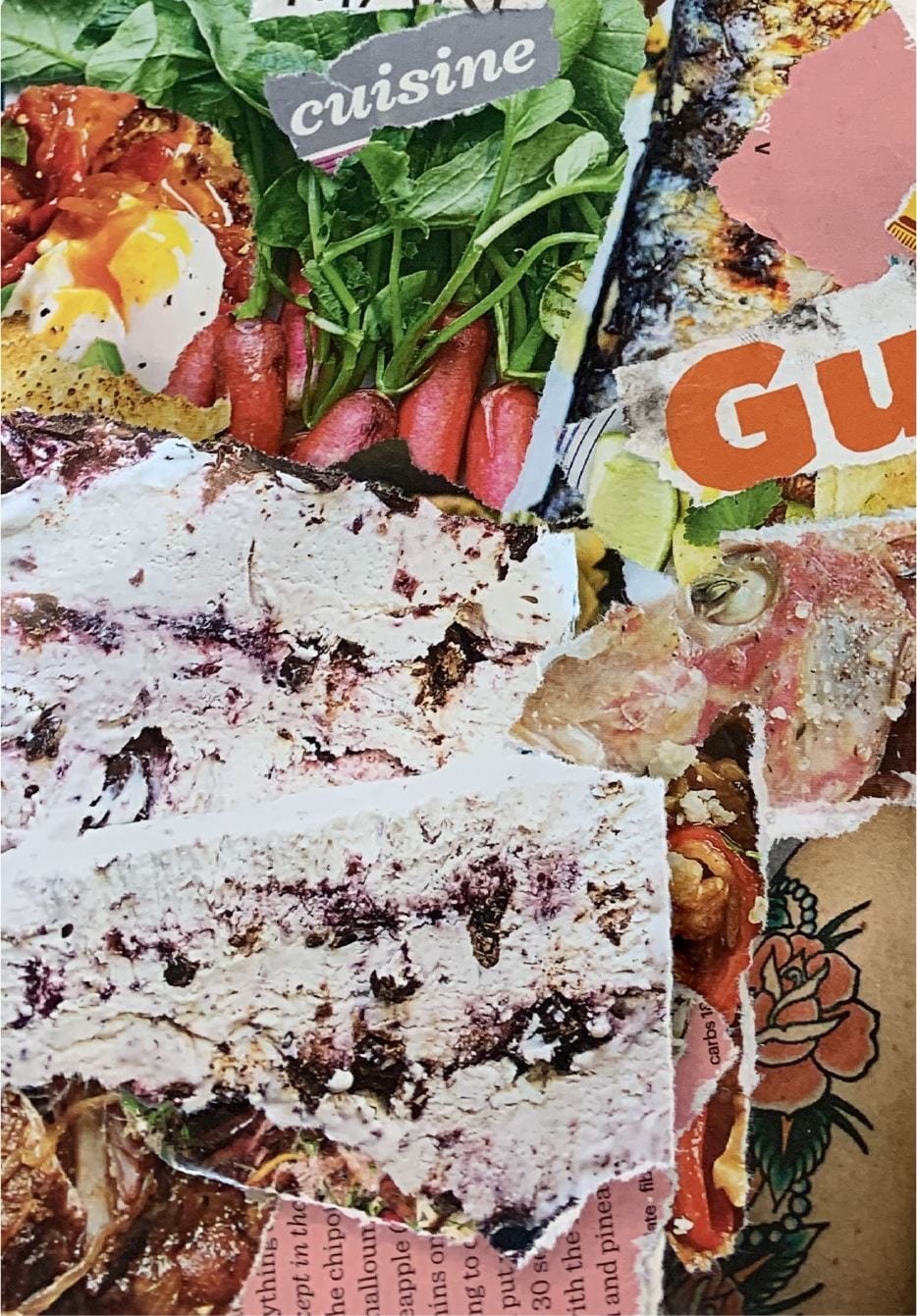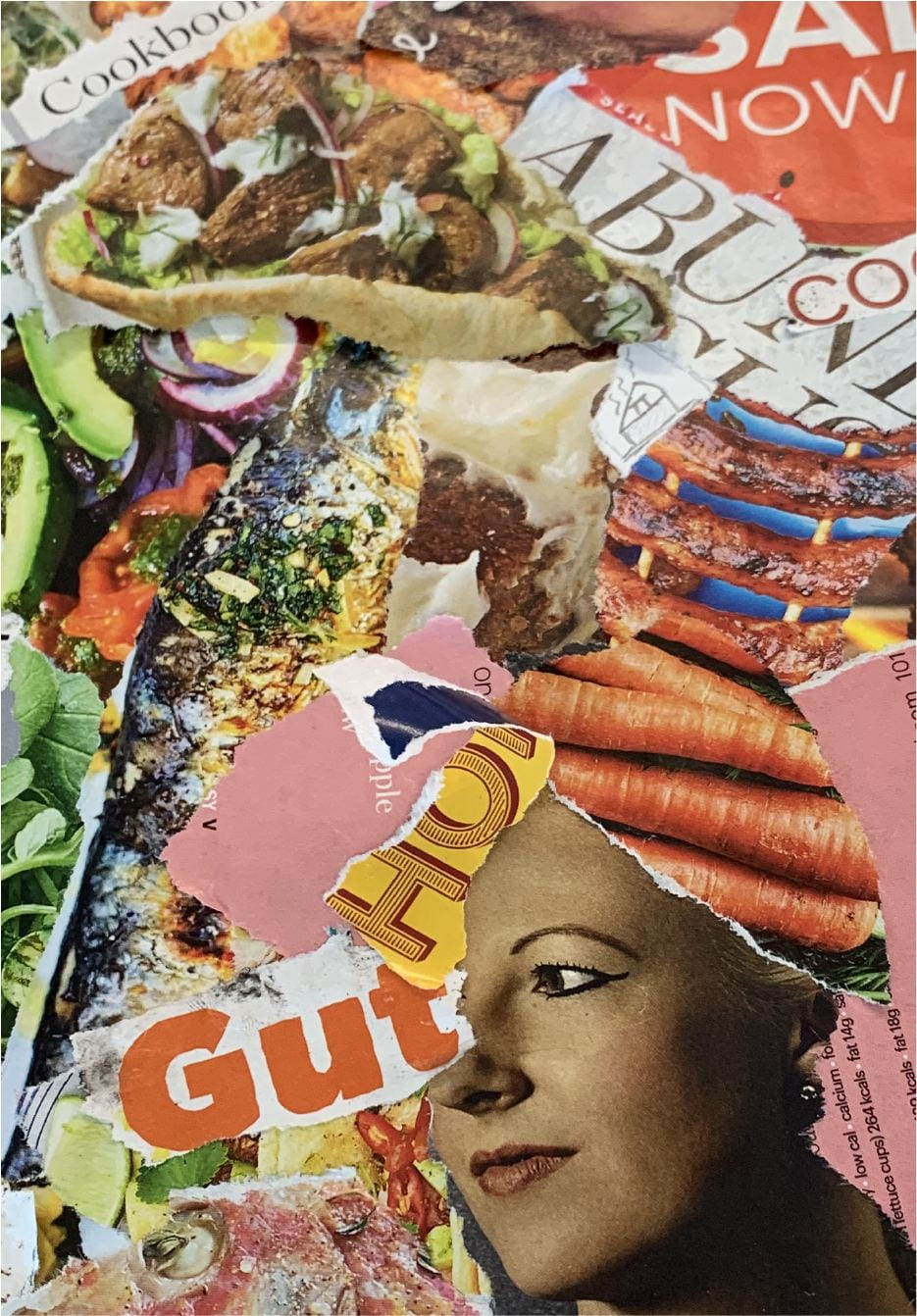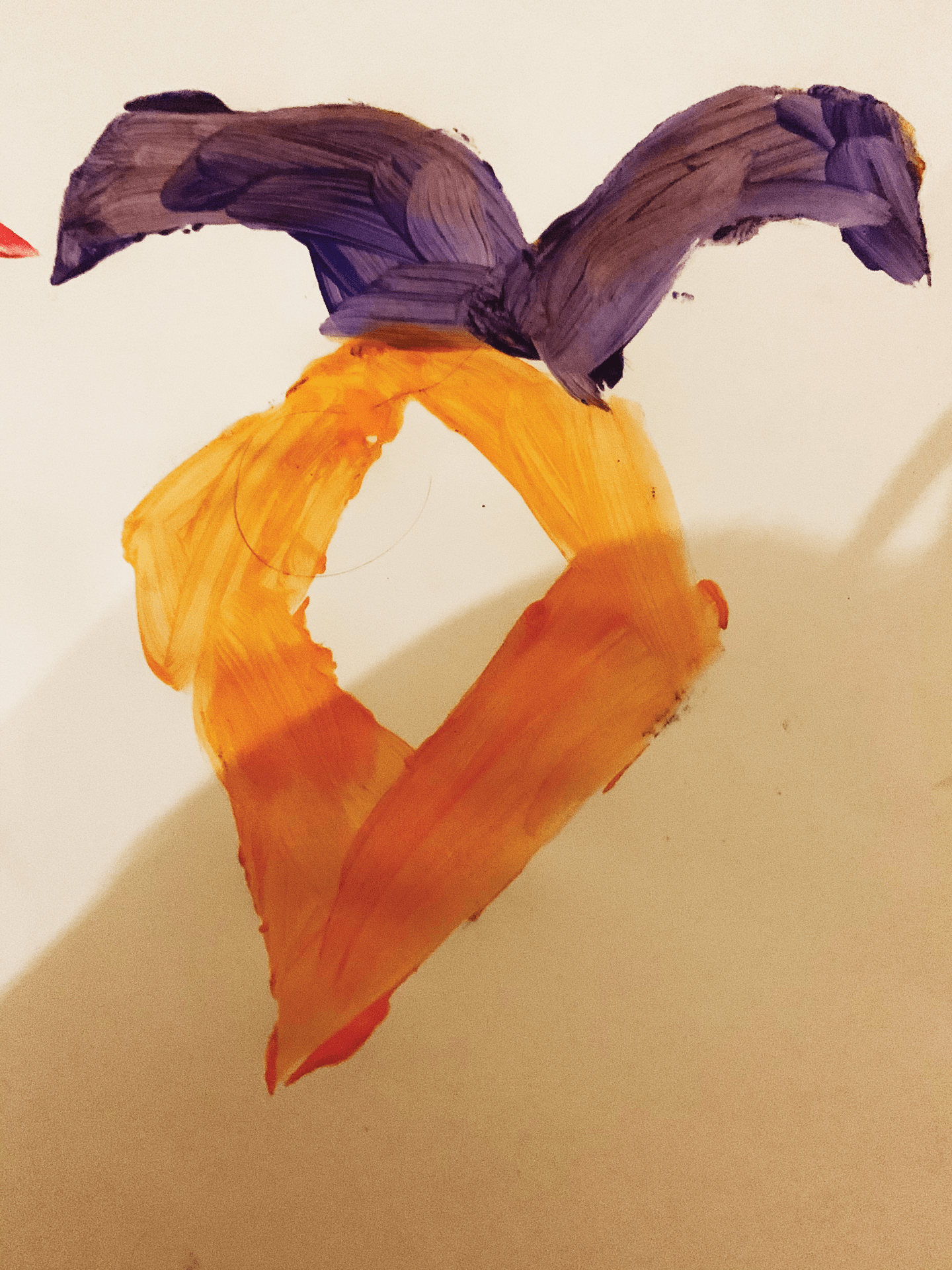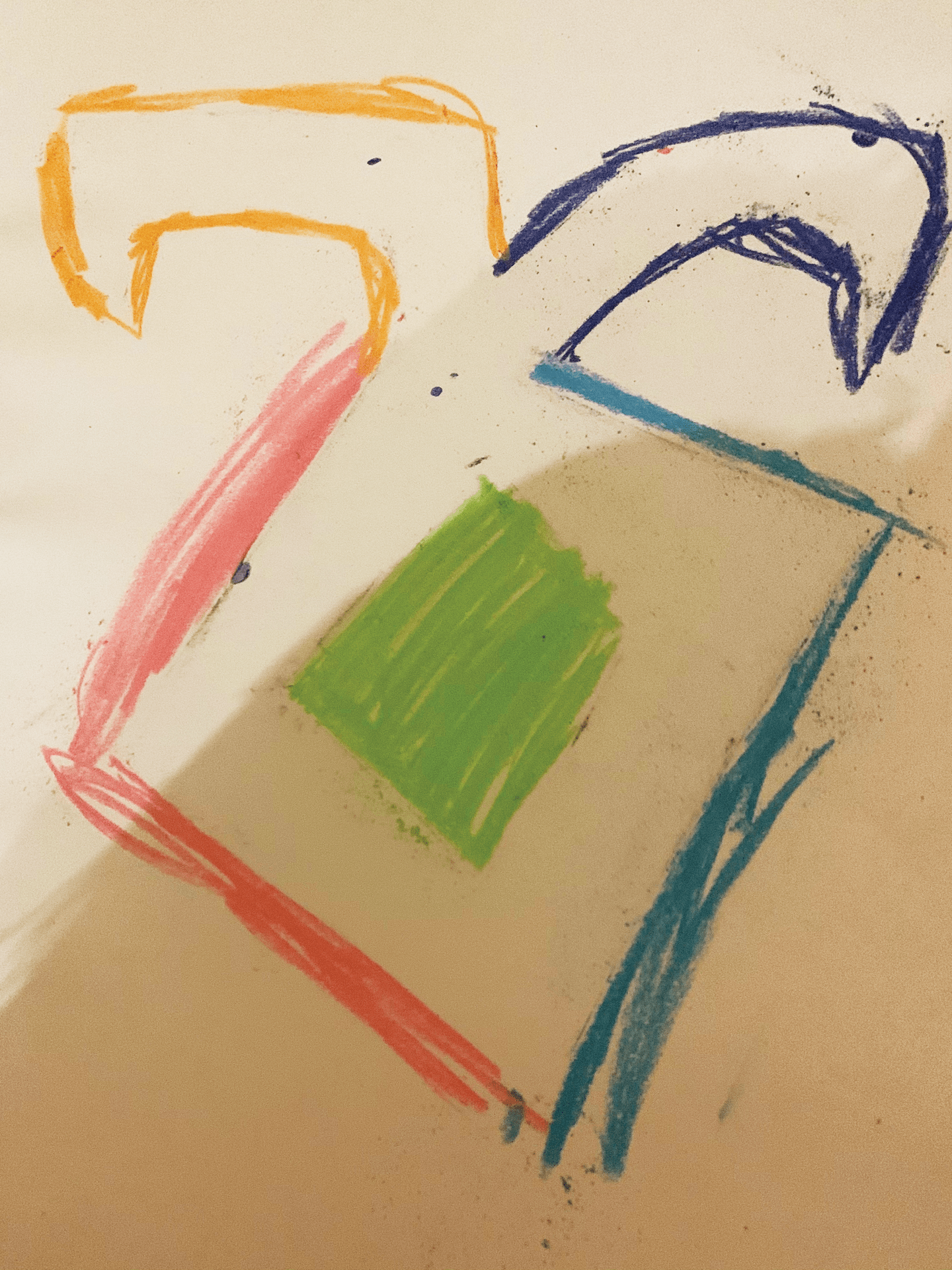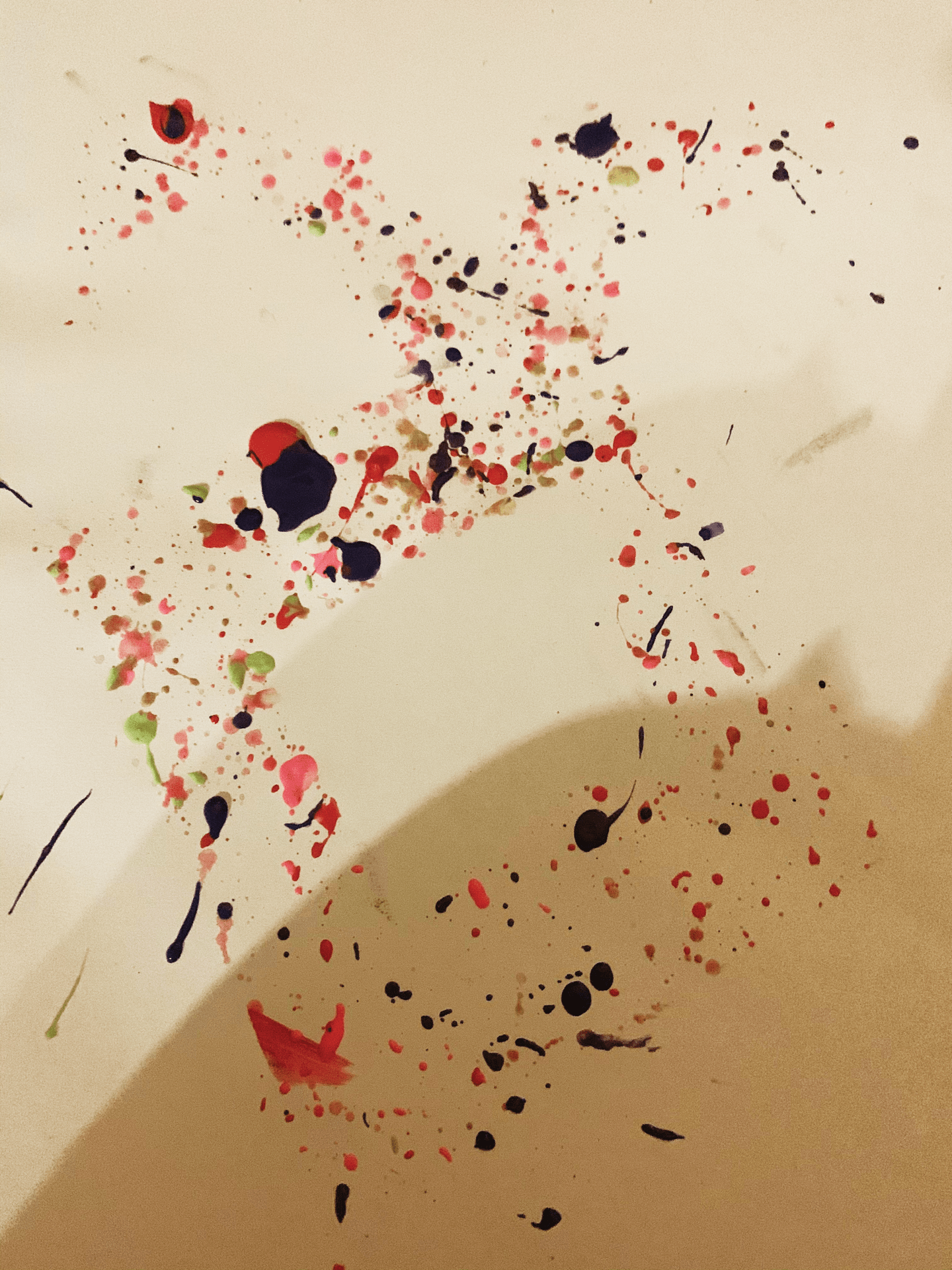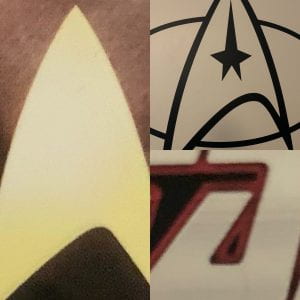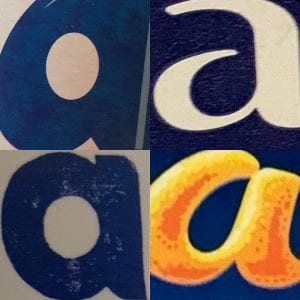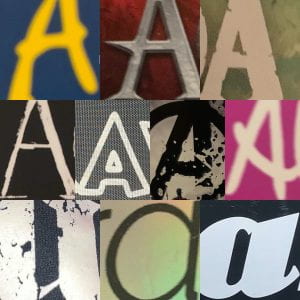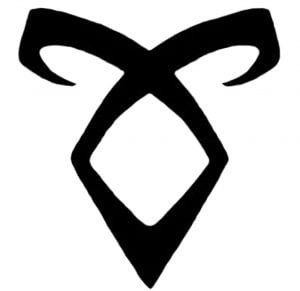Week 3: Inspirational Brand Research (Tasks 1-3)
My chosen brand to do quick research into was Polaroid/Polaroid originals. I chose this brand as I believe it to be a very iconic brand, at least in terms of photography. Their logo and brand imagery use a lot of colours but the actual name is in black, and the choice of typeface is simple but reliable, showing its status as a household name. Polaroid is such a well-known brand that other brands of instant-development cameras are often referred to as Polaroids, in the same way that image-manipulation programs are referred to as Photoshop. Polaroid make non-camera products as well, such as apparel and enamel pins, which help to advertise the brand and make it even more well-known. I don’t think that there is an age range, as it is a household brand, but the target audience is for photography enthusiasts, no matter how amateur or professional. They advertise on social media such as Instagram and Twitter, but they also have an email newsletter for those wishing to keep in touch in that way.
If I were to use three words to describe the brand, they would be: iconic, pioneering, and fun, and to describe the target audience in three words, I would use the words: family, photographers, or playful.


